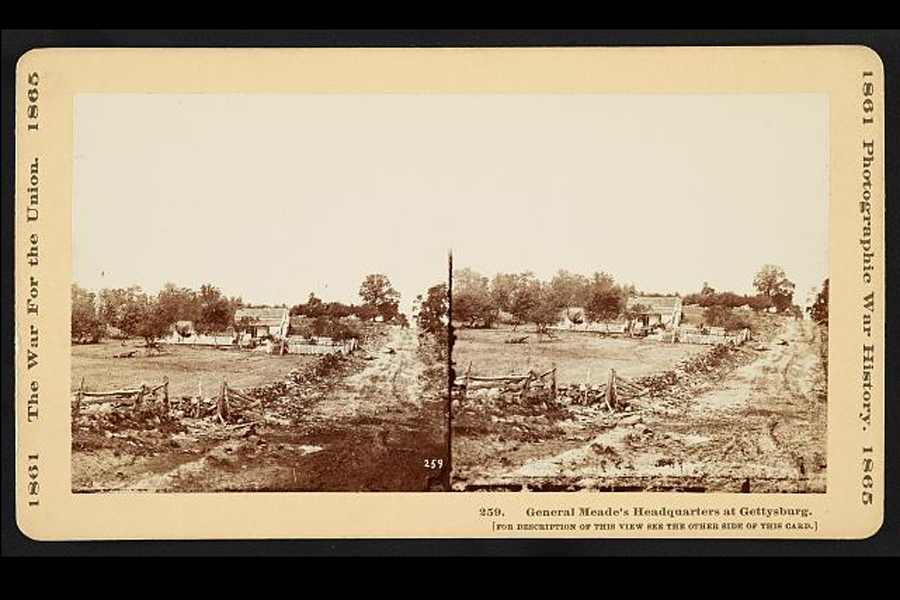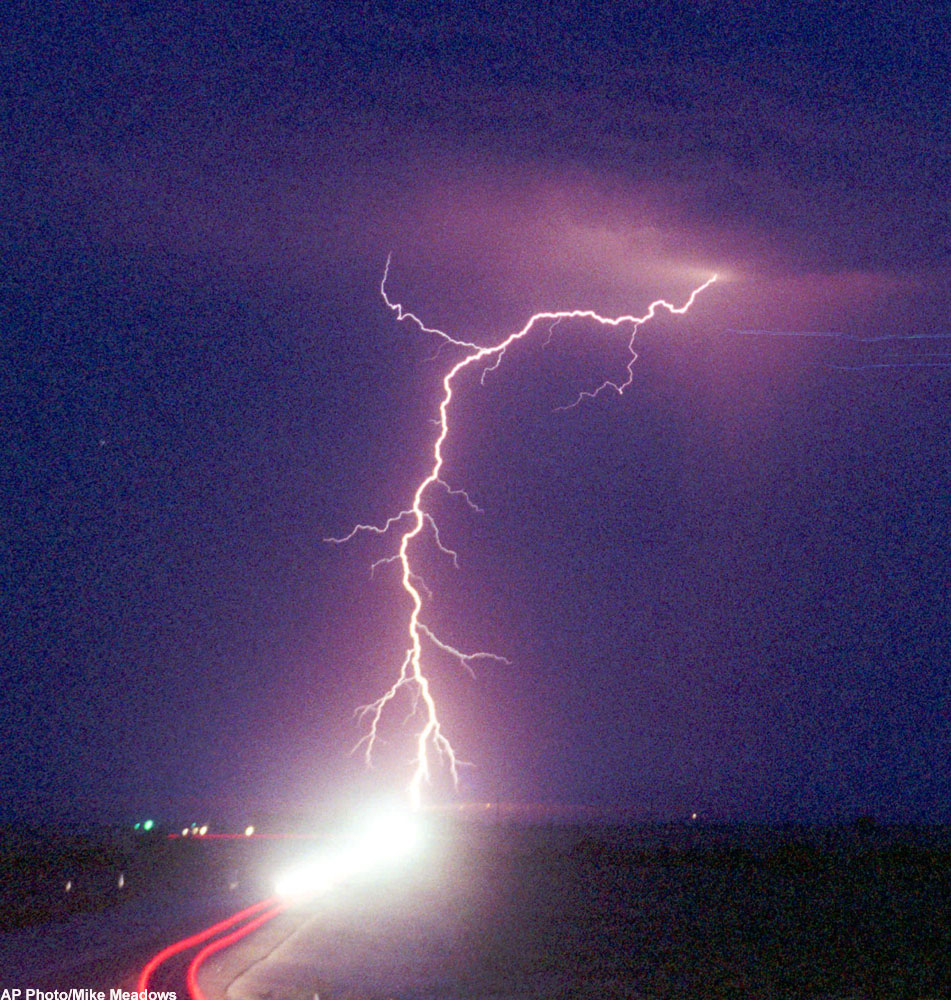Battle of Gettysburg Anniversary: How Weather Impacted the Bloodiest Battle of the Civil War

This article was provided by AccuWeather.com.
Considered one of the turning points of the American Civil War, the Battle of Gettysburg is said to be the bloodiest battle ever fought on American soil. Fought in Gettysburg, Pa., July 1 through 3 in 1863, historians put the number of causalities and missing Union and Confederate soldiers at 46,286. Bayonets, rifled muskets, cannons and infections all contributed to the carnage that took place 150 years ago today. The weather, however, created some causalities as well.
A Gettysburg man by the name of Rev. Dr. Michael Jacobs, a math professor at what was then called Pennsylvania College, had a strong interest in weather and recorded his observations three times a day, every day, even during the battle. As a result, the "Meteorology of the Battle", was published, and gives very specific details on the weather at the Battle of Gettysburg and the role it may have played in battle.
Ben Neely, Executive Director at the Adams County Historical Society, emphasized that the most damaging aspect of the weather for this event actually occurred July 4, the day after the battle had ended. Rain fell across the area for most of the day, Rev. Dr. Jacobs put the total at 1.39 inches. While wounded still lay on the field, some may have felt welcomed by the break in action. Some wounded soldiers had still not been moved from low-lying areas by the Plum Run Creek, however, which overflowed its banks. The wounded soldiers who were near the flood waters, reportedly all Confederate, drowned.
According to Civil Way historian Lee Rainey, an even larger issue that was faced as a result of the rain was the retreat attempts made by the Confederate Army on July 4.
"They had to move a 17-mile long train of wagons filled with wounded soldiers over the dissolving dirt roads back to Virginia, " he said. "And the rains caused the Potomac River - easily fordable on the march north - to flow so high that the army was trapped on the north side with the Union forces in pursuit. The Confederates dug in for a desperate battle, but in the end were able to escape across the river on the 13th, the day before Meade's planned attack."
The days leading up to that point were not without tragedy as fighting consumed the fields of the Pennsylvania town. For its part, the weather was more cooperative at the battle's start. July 1, the first day fighting began, had a sky covered by cumulostratus clouds all day, according to Rev. Dr. Jacobs' detailed reports. The breeze was typically southerly at only 2 mph; the afternoon temperature was a comfortable 76 degrees. The second day started with similar cloud cover, but Rev. Dr. Jacobs wrote that the sky was three-tenths clear by the afternoon, when temperatures went up to 81. Likewise, the cloud cover started the third day and cleared considerably by the afternoon. The clouds that remained, however, was the "massive thunder-cloud of summer." A thunderstorm started around 6 p.m. EDT. "The thunder seemed tame, after the artillery firing of the afternoon," Rev. Dr. Jacobs wrote.
Get the world’s most fascinating discoveries delivered straight to your inbox.
The temperatures were not as severe as they could have been. Current records from 1981 to 2010 put the average high for the area at 87 for every day in July, but most of the Battle of Gettysburg was fought in the 70s. The cloud cover also offered a break from direct sunlight. Had these conditions been less favorable, there may have been even more casualties.
Lee Houser of the Civil War Heritage Foundation, Inc., said that heat stroke and heat exhaustion would likely have affected many soldiers, particularly Union soldiers. Union blue uniforms were primarily wool, but the Confederate's gray uniforms may have used some cotton, which is lighter. After marching, some for over 30 miles, even in lower-than-average temperatures, it would have taken a physical toll on soldiers. Add in the thick uniforms, supplies, heavy machinery and weapons that had to be carried along, and it would have been a lot of strain on their bodies. When the temperatures did climb, some succumbed to the heat.
Neely contends that while heat may have been damaging for some, conditions may not have been as bad as they seem from a modern-day perspective.
"They wore wool clothes every day," he said. "This was something they would have been accustomed to."
Neely said he has spoken to Civil War re-enactors who were surprised by how well moisture evaporates from the uniforms. So while conditions during the war would have been uncomfortable and has been recorded as contributing to poor health for many soldiers, it was likely more adaptable to the soldiers than we may realize.
© AccuWeather.com. All rights reserved. More from AccuWeather.com.
The weather is getting stranger, right? Well, for the most part no, scientists say, but humans often think so when a strange event does occur. So here’s your chance to prove how much you known about weather oddities.
Weird Weather: One Strange Quiz

